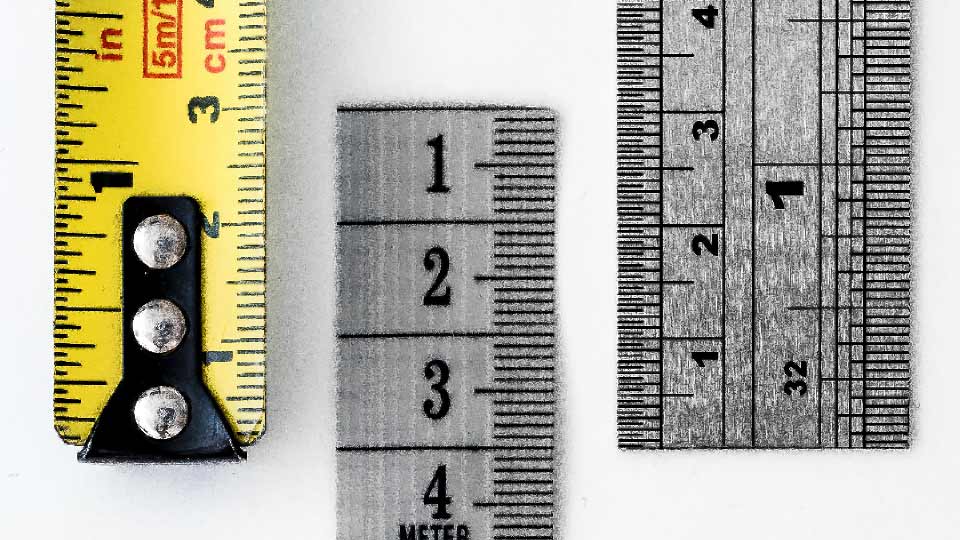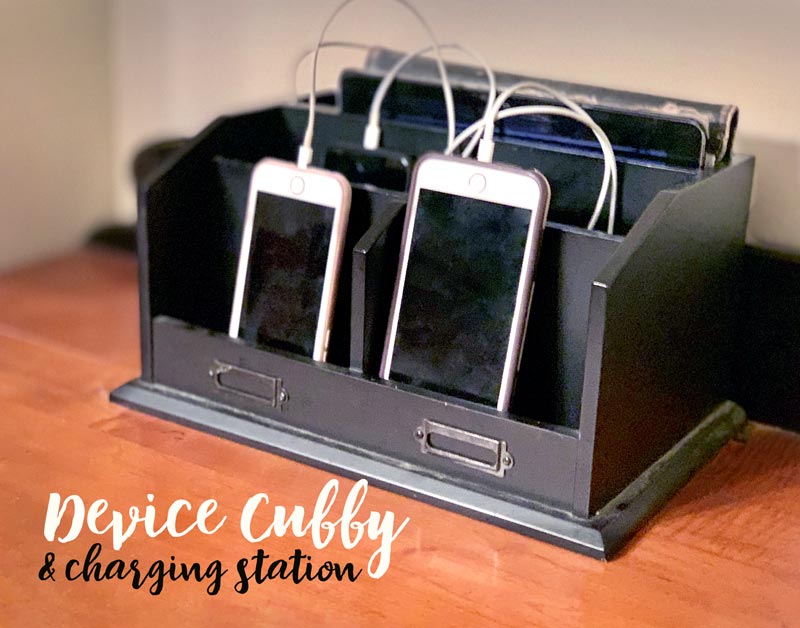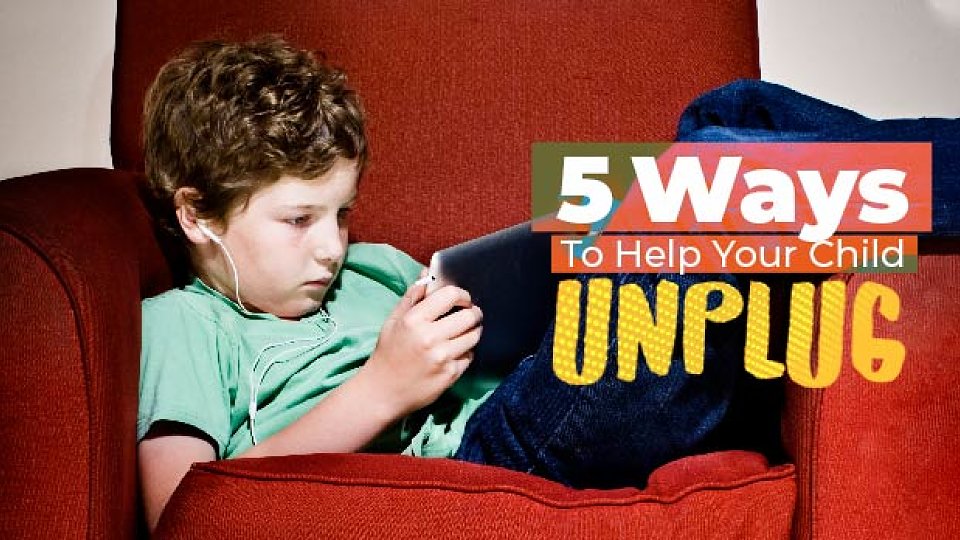While the digital world of devices and technology has transformed much of our lives for the good,
I think we can all agree that it has created a number of challenges, particularly for our children.
When it comes to the issue of kids and technology almost every parent I talk to struggles with
how to get their kids to unplug from their devices and experience the rest of the world around them;
important and wonderful things like physical activity, nature and the outdoors, conversation and interpersonal skills
face to face with others, or even the ability to just sit and think creatively independant of stimulation
from a screen! Without an intentional effort on the part of parents, our children may end up
experiencing what the Barna group calls “nomophobia,”* a feeling of anxiety any time kids are separated from their mobile phone [or electronic device].
* Three Trends Shaping the Worldview of Gen Z, pg.22
Cell phones, video games, social media...what do we do about the amount of time our kids spend on technology and electronic devices?? Here are 5 ways to help your kids unplug from technology—

1) Set Rules
What kid likes rules? None that I know! However, the only way to begin the journey of effectively managing kids and screen time is to establish clear rules where your children can feel the freedom to enjoy their electronic devices within reasonable limits. Limit time on phone, tablets, video games, and social media, and enforce the rules consistently. Here are a few examples:
Set Device Times
This can either be done as a total amount per day or specific times of day when they may use them. If you want to step it up even more, simply set the amount of time per day and use a countdown clock (that can be started and stopped) to manage their time throughout the day. Once the alarm goes off, time is up for the day. Here’s a great example visual timer from Amazon. If you want even higher tech (and increased enforceability), here's a list of several devices that can help manage this for you.
Establish “Free-Screening” Zones
Restrict where the cell phone or tablet can be used. These areas could include:
- the dinner table
- bedrooms
- restaurants
- driving in the car
- etc...
You will be tempted to break the rules, but stay strong, especially early on to establish clear and enforceable limits. Combine this rule with the above one for a more targeted approach (i.e. no phone in the car on the way to church, no video games in the bedroom after 8 pm, etc). After a short period of time, these screen free zones will become the norm.

Create an Device Cubby
Create an area where everyone's electronic devices (yes, even the parents') go at night. It could be a basket, shelf on a book case, the dining room table, or kitchen counter near an outlet (our family's is pictured above). At a certain point every evening, everyone plugs in their digital device and heads up to bed. If you are someone who absolutely needs to be notified at all hours of the night if someone is calling, simply buy one of the many watches/activity trackers that will buzz when you get a call/message.

2) Brainstorm Screen-Free Activities
Because electronic devices can be so engaging, children often find it difficult to think of other fun activities to do that don't involve a screen. Set aside some time to think and make a list of fun unplugged activities for you and your kids. These can include both independant and social activities, such as: building a bike obstacle course, taking hikes with the family dog, playing yard games (we like cornhole, Kan Jam, Trackball, Spikeball, ladder toss or good old frisbee), or even planning and planting a small garden together. For rainy days: build a fort with couch cushions (classic!), have a nerf war, find a tasty new recipe to try bake together, or play card games and board games (check out “Tenzi”, “Slapzi”, and “Itzi”). There are lots of creative screen free and device free activities that are engaging and expand the horizons of our children.
3) Take a Day of Rest
Choose a time during the week where everyone unplugs from their electronics and the digital world. If taking an entire day off sounds ominous to them, or to you :), start with a shorter period of time (e.g. Sunday afternoons from 12-5) and see if you can work up to a full day. Even if you pick one day a month, that’s a win! Find what can work for your family and go from there.
4) Set Limits on Platforms/Games
This may seem obvious, but one easy way to reduce the allure of screens is to limit which platforms and games your kids can use. For example, you may decide that your child can start using Instagram but not Snapchat and VSCO. You can do the same by limiting which video games they can play. They will certainly give you a hard time about it, but by limiting what they can use it will reduce the number of desired distractions and teach them an important lesson on personal discipline and self-control.

5) Send them to a Summer Camp that Unplugs for the Week
One of the most effective ways to get your child to unplug and detox from their device is to send them to a summer camp where electronics are not allowed. After the initial shock wears off, your child will soon learn that there is indeed life outside the screen ;) They will actually interact with the people around them while having unique challenging experiences in the beauty of God’s creation. At RVR, we see kids come alive time and time again when they don’t feel the pressure of always checking their devices for the latest update. And what can be more rewarding as a parent than to hear your child say at the end of the week that they really didn't miss their devices? You now have a head start to implement a number of the suggestions above since they now know they can successfully live life outside the screen!
Need some help? Here are some resources for finding a summer camp to get you going:
- Find a Christian camp in your area >>
- Find an ACA camp in your area >>
- Find out more about RVR's summer camps in Maryland >>
Final Thoughts on Kids and Technology
While living in a technologically advanced world has many benefits, we also know that such advances left unchecked can have serious unintended consequences for us all. We are just beginning to see the truly damaging effects of unrestricted access to technology for our kids and as parents we want to navigate these issues with wisdom. While its not realistic or necessarily helpful to completely eliminate technology and devices from the home, by taking these simple steps we can begin the process of teaching our kids how to effectively manage their use of them and live a healthy, balanced life.








